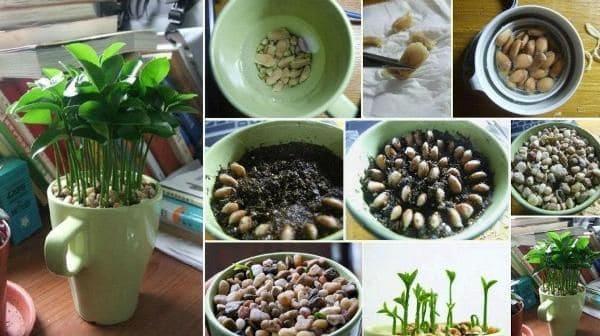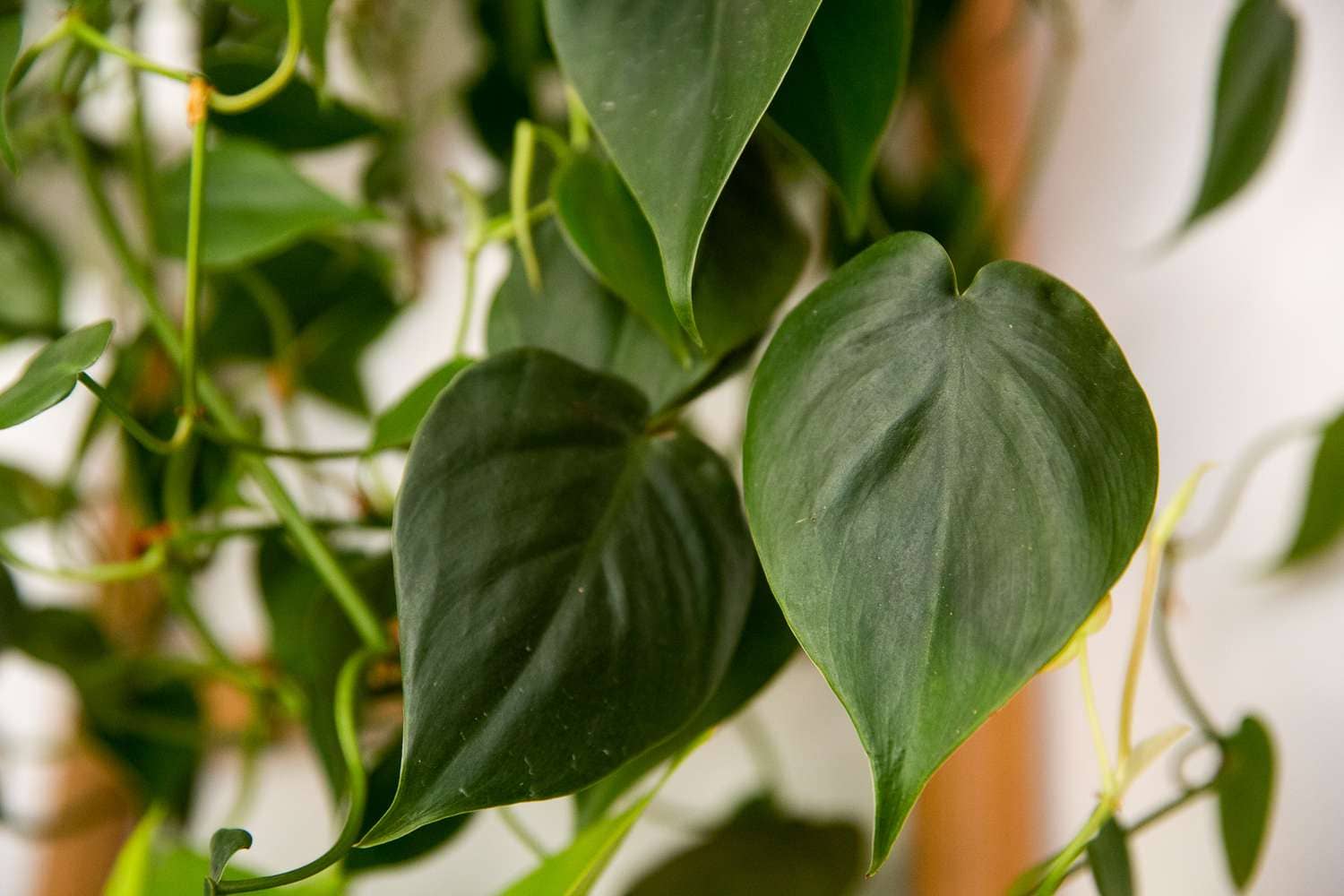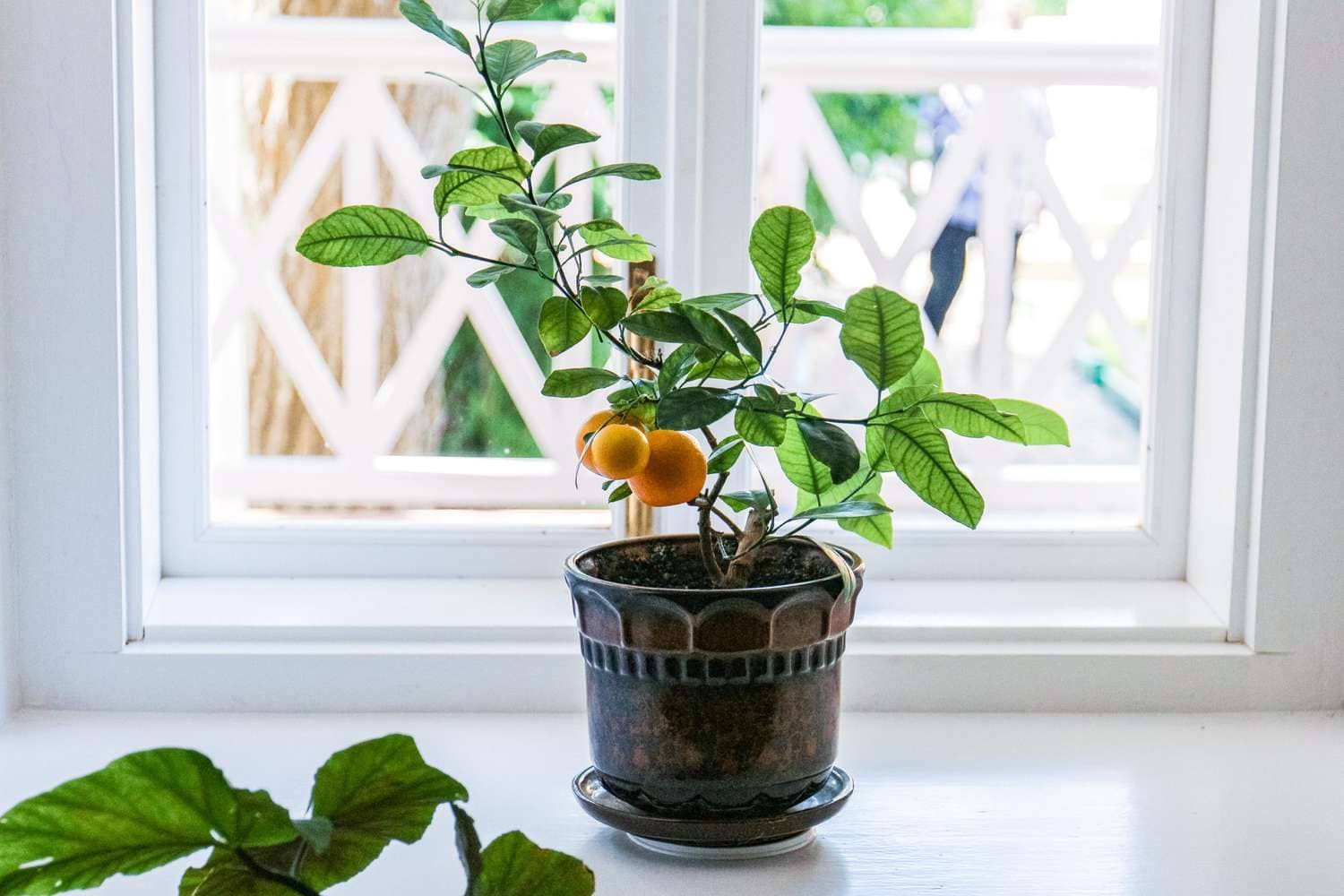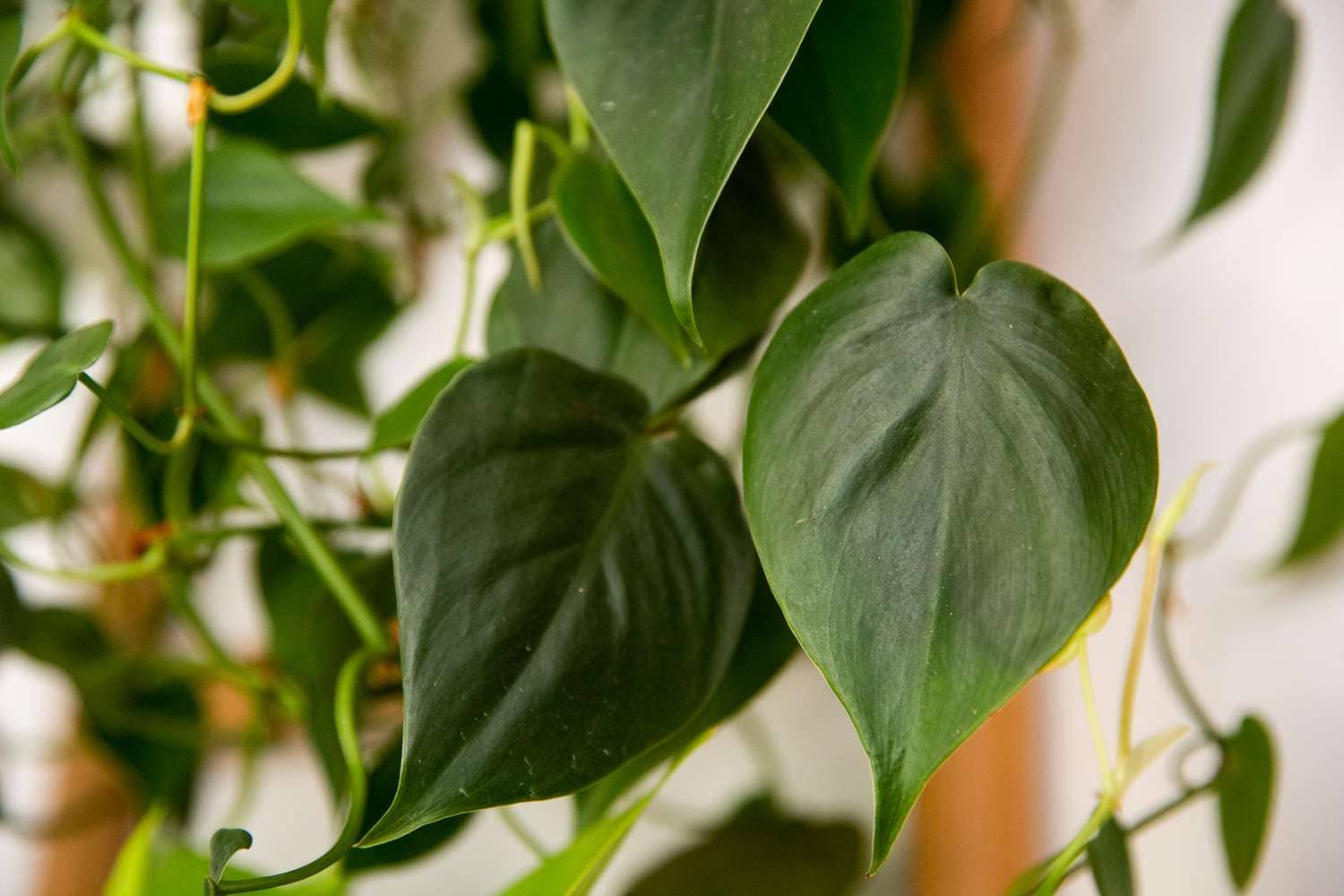Introduction: Philodendron Imperial Red, with its striking foliage and ease of care, has become a favorite among plant enthusiasts. Its vibrant red leaves add a pop of color to any indoor space, making it a popular choice for both beginners and experienced gardeners alike. In this article, we’ll delve into the world of Philodendron Imperial Red, exploring its origins, care tips, and how to cultivate its stunning foliage to perfection.
Origins of Philodendron Imperial Red: Philodendron Imperial Red, scientifically known as Philodendron erubescens ‘Imperial Red,’ is a cultivar of the broader Philodendron genus, which is native to the tropical regions of Central and South America. This particular cultivar is prized for its deep red leaves, which gradually mature to a dark green hue with age. It is believed to have originated from hybridization efforts aimed at enhancing the aesthetic appeal of the Philodendron species.
Care Tips for Philodendron Imperial Red:
- Light: Philodendron Imperial Red thrives in bright, indirect light.
- Watering: Keep the soil consistently moist but not waterlogged. Allow the top inch of the soil to dry out between watering sessions. Overwatering can lead to root rot, while underwatering may cause the leaves to wilt. Finding the right balance is key to maintaining optimal health.
- Humidity: Being native to tropical regions, Philodendron Imperial Red appreciates high humidity levels.
- Temperature: Maintain temperatures between 65°F to 85°F (18°C to 29°C) year-round. Protect the plant from drafts and sudden temperature fluctuations, which can stress the foliage.
- Soil: Plant your Philodendron Imperial Red in a well-draining, aerated potting mix rich in organic matter. A mix of peat moss, perlite, and compost works well to provide the necessary nutrients while ensuring proper drainage.
- Fertilization: Feed your plant with a balanced liquid fertilizer diluted to half-strength once a month during the growing season (spring and summer). Avoid fertilizing during the dormant winter months.
- Pruning: Trim yellowing or damaged leaves promptly to encourage new growth and maintain the plant’s aesthetic appeal. Additionally, you can prune leggy stems to promote a bushier growth habit.
Propagation:
Philodendron Imperial Red can be propagated through stem cuttings. Select a healthy stem with at least two nodes and trim it just below a node using sterile pruners. Place the cutting in a jar of water, ensuring that at least one node is submerged. Place the jar in a warm, brightly lit location, and roots should develop within a few weeks. Once roots are well-established, transplant the cutting into a pot with well-draining soil.
Conclusion:
Philodendron Imperial Red is a captivating addition to any indoor plant collection, thanks to its stunning foliage and undemanding nature. By following these care tips and providing the ideal growing conditions, you can enjoy the beauty of this tropical gem year-round. Whether you’re a seasoned plant enthusiast or a novice gardener, cultivating Philodendron Imperial Red is sure to bring joy and vibrancy to your living space





